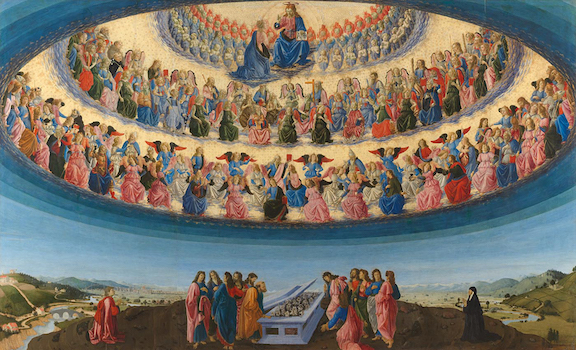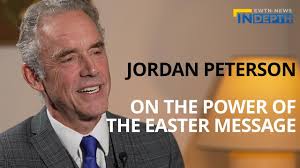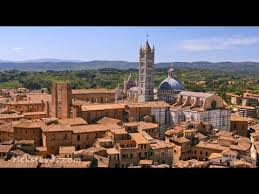Though it was only in 1950 that the Feast of the Assumption was defined by Pope Pius XII, Catholics have believed that “having completed the course of her earthly life, the Blessed Virgin Mary was taken body and soul to heaven,” going back to Patristic times.
Various factors, however, worked against the formal establishment of the feast.
Ecumenists find it awkward in dialogue with Protestants concerned about “Mariolatry.” And even the Orthodox who might agree with the substance of the dogma often don’t like that the pope defined it.
High Mariology focused on Mary’s uniqueness. The Assumption was the special privilege of the one who was immaculately conceived (another ecumenical stumbling block). The body of the sinless woman who bore the Body of Christ could not suffer corruption.
General religious illiteracy, coupled with a strong emphasis on canon law, focused more on Catholics attending Mass on a holy day of obligation and less on why what happened has significance for Catholics.
And then there was the absolute 1991 lunacy by the American Catholic bishops that August 15 is a holy day unless it falls on a Saturday or Monday (a kind of reverse “Monday federal holiday” rule).
Does anybody wonder why, apart from the overall decline of Mass attendance, participation in the liturgy on the Assumption is even worse?
In view of all those considerations, let’s consider a fuller theological perspective for this Solemnity.
The Assumption is not some isolated dogma, merely to be taken on faith as if it lacked coherence with the rest of salvation history. It is, in fact, a clear and substantial component of that salvation history.
St. Paul emphasizes that the Resurrection of Christ – his physical rising from the dead in a transformed but real human body – is essential, indeed indispensable, to the Gospel. The Apostle to the Gentiles argues that the Resurrection – not Jesus’s Passion and Death, is the acid test for Christianity. He’s blunt: “if Christ is not raised from the dead, your faith is in vain.” (I Corinthians 15:14)
The first pages of the Bible (Genesis 3:2) demonstrate that death is the consequence of sin. Death is not God’s arbitrary punishment for sin, as if he could have selected another. It’s elementary: one cannot cut oneself off from the source of life – God – without dying.

If sin is humanity’s fundamental ailment and death its consequence, Jesus would not have fully redeemed us from our fallen state if He did not rise from the dead. He could not conquer sin without also conquering sin’s effects, including death.
The Resurrection is the first moment of a process of restoration, of conquest over sin, evil, and death. That is why St. Paul speaks of the Resurrection as the “first fruits” (I Corinthians 15:23), harkening back to the Jewish tradition that the offering of the first fruits of the harvest in the Temple symbolically encompassed the entire harvest.
That is also why St. Paul speaks of the resurrection of the dead in the context of the Last Judgment. For him, Last Judgment is not just “the end of history” or a miraculous raising. It is the logical conclusion of the process begun on Easter Sunday: what happened to the “first fruits” now encompasses “those who belong to Him” (I Corinthians 15:23), and opens the way for the decisive separation of the wheat from the chaff. (Matthew 13:39-43)
Christ’s conquest of death is an objective defeat of evil, sin, and death. The Last Judgment is merely the culmination of that conquest: one is either part of the Kingdom or condemned to eternal separation.
And that eternal separation is not some separate realm, an alternative choice or a different use of freedom. Hell, too, is part of God’s Kingdom, if only in the sense that His Justice – the other side of His Love – cannot simply accept the freely defaced image of God in us. Freedom does not put us in some neutral zone between good and evil.
If Christ’s conquest of sin and death is a process that begins with the Resurrection and whose final end is the Last Day, then we human beings are always part of that process. As is the Assumption, because Mary, conceived without sin by virtue of the anticipated redemption of her Son, fully shares in His victory over sin and death. Given her Immaculate Conception, there is no reason for her not to be, body and soul, in Heaven, with her Son, just as we hope to be on the Last Day. If Jesus is “first fruits,” Mary is “second fruits.”
It’s also fitting, then, that this Solemnity falls in August, roughly halfway between the Church’s celebration of Resurrection at Easter and the focus on eschatology in the last weeks of Ordinary Time, in November.
Finally, Eastertide also includes the Solemnity of the Ascension, affirming that Jesus returned body and soul to heaven. Christianity claims that there is a glorified human body seated at the right hand of the Father.
The Assumption mirrors the Ascension. Mary – taken into heaven, body and soul – also affirms the Christian profession of faith in “the resurrection of the body” and not just the eternal life of the soul.
It affirms the body as a constitutive part of the human person, which shares his beatitude or damnation because it shares in the moral choices that determine his fate. Contrary to modern Gnosticism – the wild proliferation of “identities” at odds with human embodiment – Christianity professes the inseparableness of body and soul in the person.
Given its relevance as an embodiment of what has occurred “for us and our salvation,” there’s good reason for us to celebrate the Assumption on an otherwise ordinary summer day.
__________















